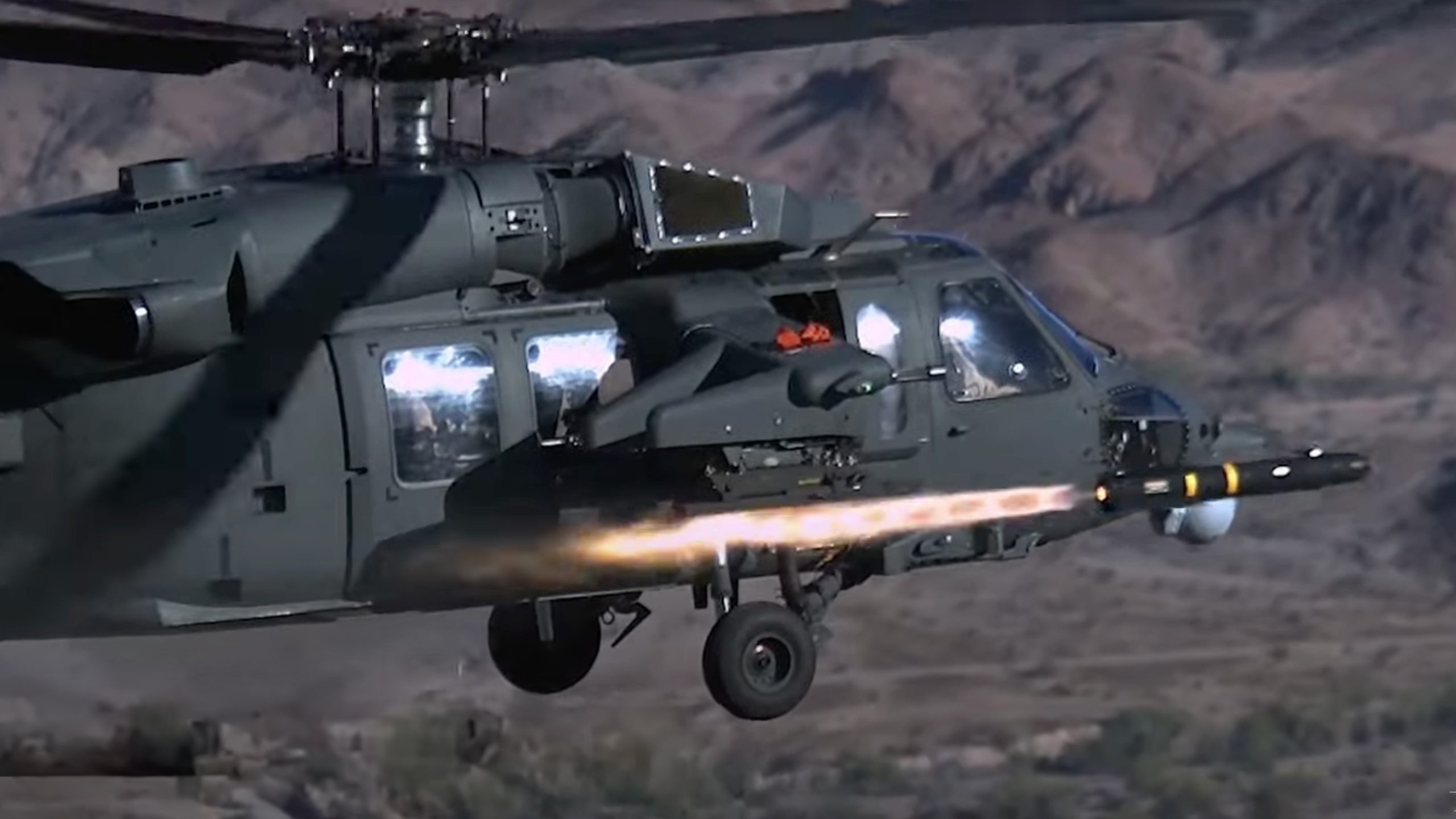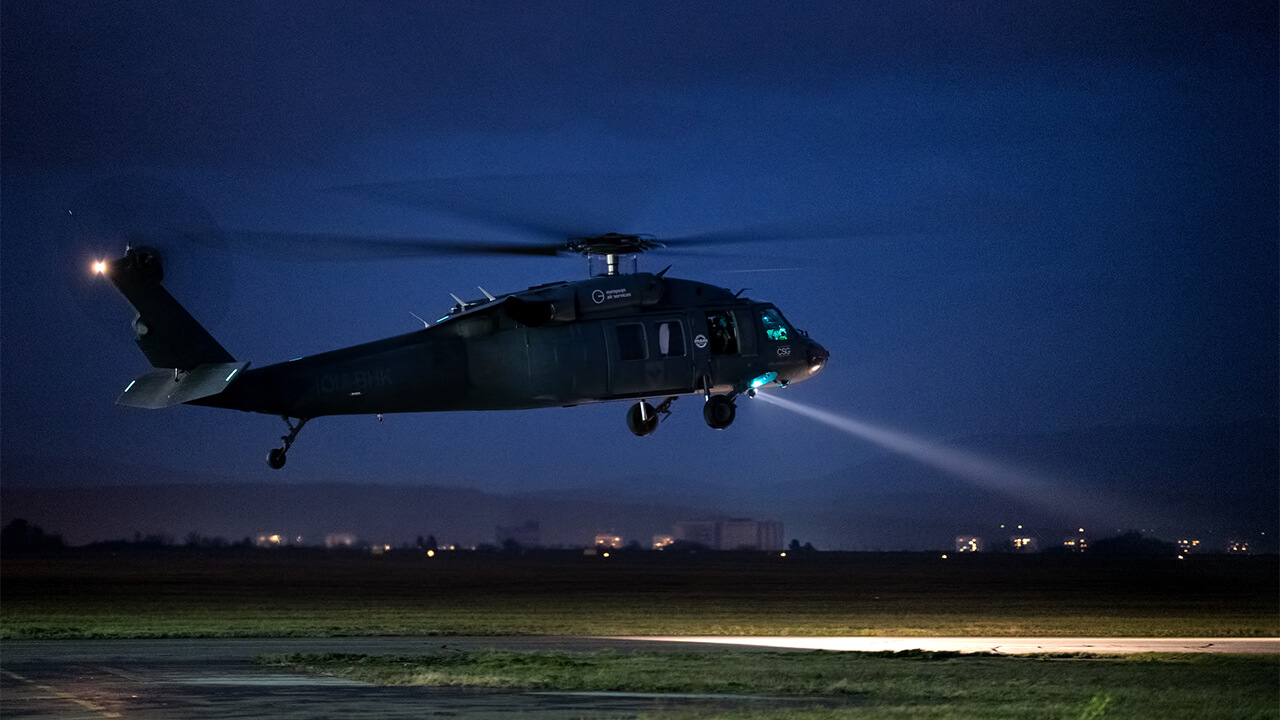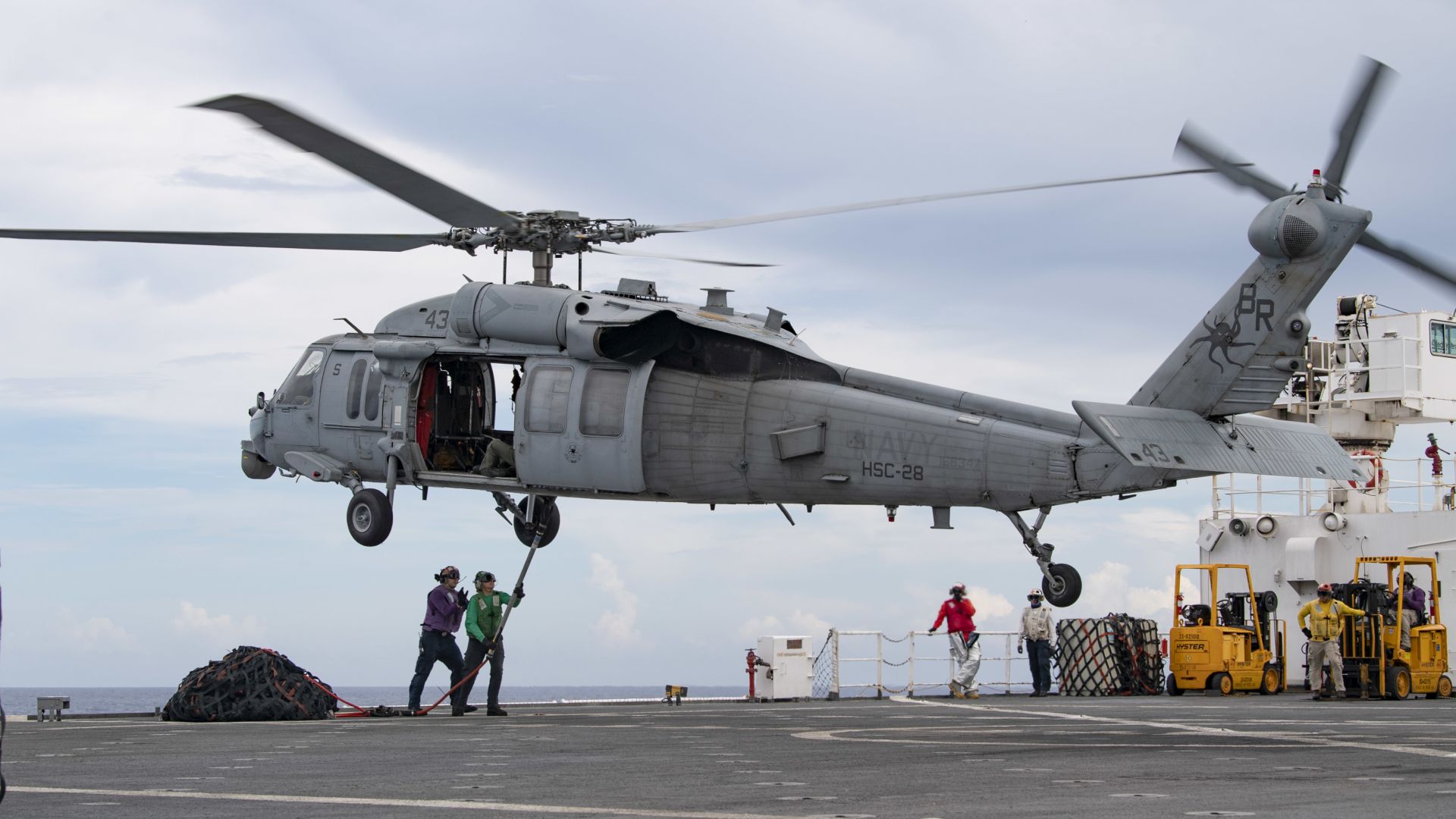Everything You Required to Learn About the UH 60 Helicopter
The UH-60 helicopter, a cornerstone of United state Military aeronautics given that its debut in 1979, stands for a remarkable blend of engineering and operational versatility. As armed forces needs develop, so too does the helicopter, with recurring developments aimed at boosting its capacities and integrating modern-day innovations.
Background of the UH-60
Developed in the late 1970s, the UH-60 Black Hawk helicopter became a feedback to the U.S. Army's requirement for a functional energy helicopter that could carry out a range of goals under tough problems. The motivation for its style was the imperfections recognized in the earlier helicopters used throughout the Vietnam Battle, particularly in regards to survivability, rate, and ability to move.
The Black Hawk was designed by Sikorsky Aircraft, integrating sophisticated innovations and products to improve its performance and sturdiness. It was officially introduced into service in 1979, quickly becoming a vital possession for armed forces operations - uh 60. Its ability to transfer troops, clinical emptying, and logistical support in both battle and altruistic missions made the Black Hawk a very useful component of the united state Military's air travel fleet
Throughout the decades, the UH-60 has been continuously updated, adjusting to the altering nature of war and the evolving demands of modern-day armed forces operations. Its functional background consists of engagement in major conflicts, peacekeeping goals, and catastrophe alleviation initiatives, solidifying its online reputation as a trusted and reliable helicopter in numerous atmospheres worldwide.

Design and Requirements
The style of the UH-60 Black Hawk helicopter regularly mirrors a dedication to operational efficiency and convenience. Established by Sikorsky Aircraft, this medium-lift energy helicopter includes a smooth, wind resistant fuselage that enhances rate and ability to move. Its tandem blades system, defined by two counter-rotating blades, minimizes vibration and increases lift capacity, allowing for safer operations in varied environments.
The UH-60 is powered by 2 T700-GE-701C turboshaft engines, offering a maximum rate of roughly 180 knots and a variety of around 400 maritime miles. Its durable airframe is created from advanced composite materials, making certain sturdiness while keeping a reasonably low weight. The helicopter has a maximum gross weight of regarding 22,000 pounds, sustaining a functional haul arrangement.

Objectives and duties
A versatile system, the UH-60 Black Hawk helicopter offers a wide range of duties and missions within armed forces procedures. Made primarily for troop transportation, it is qualified of lugging up to 11 soldiers, making it a necessary possession for quick implementation and logistical assistance.
In addition to army transport, the UH-60 masters clinical emptying (MEDEVAC) missions, equipped with innovative clinical tools to give important click resources treatment during transit. Its capability to operate in diverse settings improves its effectiveness in combat search and rescue (CSAR) procedures, where swift removal of personnel is crucial.
The helicopter additionally plays a significant role in reconnaissance and surveillance objectives, using onboard sensors and devices to debrief. Its adaptability expands to logistical assistance, capable of delivering products and equipment to forward running bases.
In combat operations, the UH-60 can be furnished with different tool systems, enabling it to supply close air support. Its multi-role ability makes the Black Hawk an indispensable device for modern-day army forces, adapting seamlessly to the evolving needs of battlefield scenarios and ensuring objective success throughout a variety of operational contexts.
Performance and Capacities
Recognized for its robust performance, the UH-60 Black Hawk helicopter boasts remarkable capabilities that enhance its operational performance throughout numerous missions. uh 60. This multi-role aircraft is outfitted with powerful twin-engine Turbomeca Arriel 1D1 engines, providing outstanding speed and ability to move, with a maximum cruise speed of about 150 knots and an operational variety of around 400 maritime miles
The Black Hawk's advanced avionics and fly-by-wire control systems significantly enhance flight security and handling, allowing it to run in diverse atmospheres, consisting of damaging climate condition. Its adaptability is additional exemplified by its capacity to bring up to 11 totally furnished soldiers or a haul of about 8,000 pounds, making it ideal for troop transportation, medical emptying, and logistical assistance goals.
Furthermore, the UH-60 is designed for survivability, featuring enhanced airframes, ballistic protection for staff and passengers, and advanced countermeasure systems to escape threats. The helicopter's agility and rate, incorporated with its capability for fast release, make it an indispensable possession in contemporary army procedures, guaranteeing that it continues to be a key element of tactical air assistance and battlefield movement.
Future Advancement

One substantial focus is the assimilation of sophisticated avionics systems, which will certainly enhance situational awareness with enhanced navigation and communication abilities. This consists of the possible use of man-made knowledge to aid pilots in decision-making and goal planning.
Furthermore, future versions may integrate innovative products and layout functions to boost the helicopter's toughness and decrease its radar trademark, enhancing survivability in disputed environments.
The introduction of hybrid-electric propulsion systems is additionally on the horizon, intending to improve fuel performance and reduce logistical problems. Such developments might expand operational variety and lower the helicopter's environmental footprint.

Conclusion
The UH-60 helicopter represents a substantial advancement in military aviation considering that its intro in Our site 1979. The UH-60's sustaining visibility emphasizes its vital role in modern-day armed forces procedures and highlights the ongoing development of armed forces aviation innovation.
The UH-60 helicopter, a keystone of U.S. Army aeronautics since its debut in 1979, stands for an exceptional mix of design and operational flexibility. As military needs develop, so also does the helicopter, with continuous improvements aimed at enhancing its abilities and incorporating modern-day innovations.The layout of the UH-60 Black Hawk helicopter regularly shows a commitment to functional effectiveness and adaptability. Created by Sikorsky Airplane, this medium-lift energy helicopter features a streamlined, aerodynamic body that improves speed and ability to move.The UH-60 helicopter stands for a considerable development in armed forces aeronautics considering that its intro in 1979.
Comments on “The UH 60 Black Hawk: Versatility and Performance in Military Aviation”